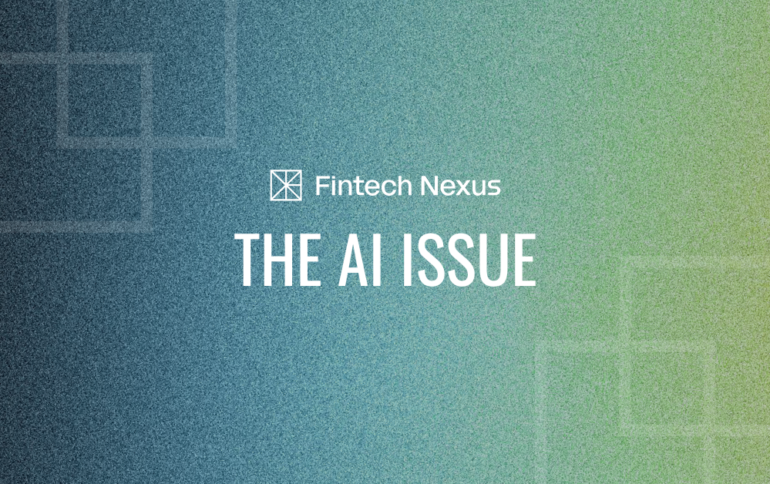Federal judge William Alsup has issued what might be the most significant legal precedent for the AI era yet: AI training is fair use, meaning Anthropic didn’t violate copyright law by training its AI on books — so long as those books were purchased legally.
It calls to mind the landmark decision in favor of Google Books some 10 years ago, when the Author’s Guild alleged Google infringed on copyright and deprived authors of revenue in scanning and making books available online.
The concept of “fair use” in copyright law has always been messy and subjective. It’s built on four prongs: the purpose of the use, the nature of the copyrighted work, the amount used, and the effect on the original’s market value. In AI training, the criteria only blurs further. What happens when the “user” isn’t a human, but a model? And when the inherent nature of the model is to remix data/content that already exists?
We like to think of creativity as divine inspiration, but more often than not, it’s tasteful collage. Steal Like an Artist, Austin Kleon’s creative manifesto from 2012, made a cultural moment out of the idea that all work is derivative from something. The same could be said of how we form ideas. No one arrives at an “original” thought in a vacuum—we’re all products of our reading, our experiences, our history.
But there’s one key difference: Creativity is disruption of pattern. AI is reliance on pattern.
Humans create by deviating from expectation. Great art, writing, music, invention—while it may be inspired by past work, its greatness hinges on the element of surprise.
AI, for now, can only remix from its dataset, leaning safely into what’s common, or frankly, unoriginal. It doesn’t risk (except in the case of high-stakes hallucinations). It doesn’t feel. It’s not haunted by memory or driven by ego, and that’s why the outputs sound remarkably less… well, human.
The judge’s decision to greenlight the use of purchased books for AI training rests on the assumption that AI offers transformation, not theft, and fair use applies because the output is sufficiently different from the input. But transformation in the age of generative AI isn’t always obvious, and sometimes, a remix sounds a wee bit too familiar.
When one dataset is weighted more heavily than others—i.e., when one author’s or artist’s work or one cultural archive becomes the dominant flavor in the AI soup—what gets diluted?
And perhaps more critically: who profits?
While GenAI can crank out content, sometimes even good content, it’s curation, context, and intentionality that bring substance to the results. What’s really at stake is our collective understanding of creative value and ownership.
As we debate inputs and IP, the business world grows skeptical of whether AI outcomes are worth their salt in the first place, driving startups to reconsider per-seat pricing from the SaaS era.
Between fair use, fair pricing, and all in between, it’s clear this AI era is prompting a change in how we value work.
The Editors


